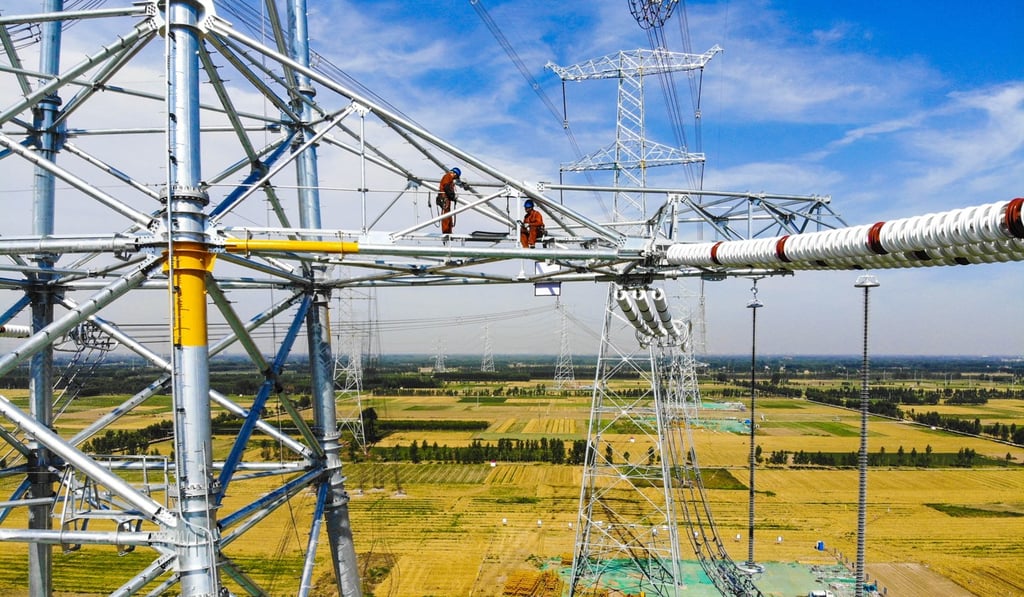Macroscope | In China, government policies, rather than GDP numbers, tell us most about markets
- Hannah Anderson says in trying to balance the need to support the economy with the need to control systemic risks, Beijing is using a mix of monetary and fiscal measures that investors should watch closely to gauge the health of the economy

“Crosscurrents” seems to be the buzzword for global markets in 2019. And one of the oft-mentioned risks for 2019 is the ongoing slowdown in China.
Crosscurrents is also an apt descriptor for what is happening within the Chinese economy. On the one hand, the government aims to support the economy. On the other hand, the importance of controlling systemic risks limits the use of old tools.

Policies enacted throughout 2018 are likely to provide diminishing support for the economy – to be clear, growth looks unlikely to crater, but it may slow further – meaning authorities are likely to either introduce new measures or more aggressively pursue existing policies.
China’s government seems comfortable with modestly lower growth. Official commentary has suggested real GDP growth may hit 6.3 per cent for 2019, with the potential for even lower growth in the first quarter. It is worth keeping in mind that even if growth were to fall to 6 per cent, for example, the additional output generated would equal 5.1 trillion yuan (US$753 billion). A decade ago, China’s gross domestic product would have had to expand by 14.1 per cent, almost double the rate China was growing at the time, to add that much output.
